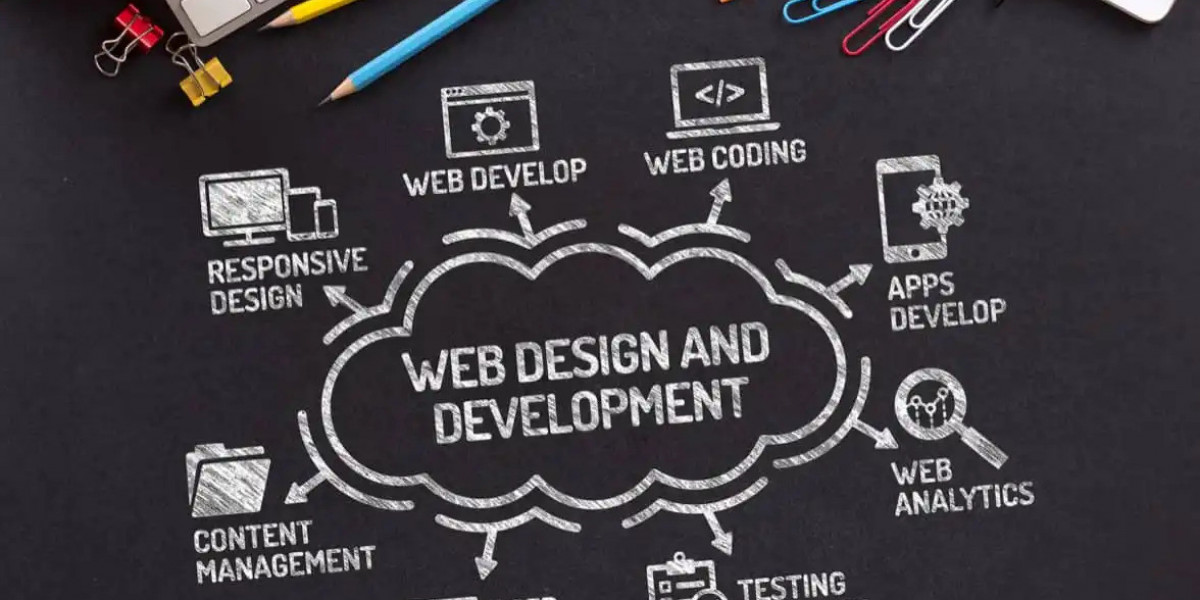You know that feeling when you land on a website and can’t find what you’re looking for? Maybe the layout feels off. Or the buttons don’t work right and the design just screams 2010. Yeah… that’s what kills conversions.
Web design and development aren’t just about looking good. But they’re about creating experiences. Ones that guide users to click, buy, or sign up.
However, many brands keep making the same mistakes. Over and over again. So, let’s talk about the biggest web design and development mistakes that silently murder your conversions. And how developers fix them.
1. Slow Loading Speed
First, does your site take forever to load? UGH! Users won’t wait—they’ll bounce. Research shows that even a one-second delay can drop conversions by 7%. Slow load times happen when pages are heavy. Basically, with unoptimized images, messy code, or too many plugins.
How devs fix it:
● Experts compress images
● they use lazy loading
● And they clean up the backend code
But that's not it! They also enable caching and use content delivery networks (CDNs) to make sure your website loads fast. A snappy site equals happier visitors. Hence, more conversions.
2. Poor Mobile Optimization
Does your site still looks broken on a phone? You’re basically turning customers away. Most users shop or browse on mobile devices now. So, a clunky mobile experience? That instantly kills trust and engagement.
How developers fix it:
Developers use responsive design techniques. This helps to make your site adapt beautifully to any screen size. So,
● they optimize buttons for thumbs
● They streamline menus
● And test across multiple devices
The goal? A seamless, finger-friendly experience that keeps people scrolling instead of swiping away.
3. Confusing Navigation
Thirdly, ever landed on a website where you can’t tell where anything is? Poor navigation. You know, it's a silent conversion killer. When users get lost, they give up before even finding your products or services.
How developers fix it:
So, devs simplify menus.
● They structure categories logically
● They use breadcrumb trails to guide users
● And they make navigation intuitive
So, visitors can move smoothly from “homepage” to “checkout.” hence, no confusions. A well-structured site map isn’t just neat. But it’s what keeps users exploring.
4. Weak Call-to-Action
You might have a beautiful website, but if your CTA is boring or buried, conversions will suffer. “Click Here” doesn’t inspire action anymore. Users need clear, engaging direction.
Tips From Devs:
Developers and designers team up.
● They create CTAs that stand out visually and contextually
● They test different colors, button placements
● And words like “Get Started” or “Claim My Offer” to see what converts best.
Basically, a great web design and development strategy ensures your CTA grabs attention. At the right time, every time.
5. Cluttered Layout
Moreover, a crowded homepage with flashing banners? UGH! Too many fonts? Endless text? that's like the perfect formula for a visual nightmare. It confuses users. And makes them leave before even figuring out what you offer.
How developers fix it:
Developers bring balance. They use whitespace, consistent color schemes, and a visual hierarchy that highlights what matters most. They clean up code and design elements so the focus stays on your message. Simplicity always converts better than chaos.
6. Ignoring SEO in Design
Many websites look great. But rank nowhere. Why? Because the design completely ignores SEO basics. Hidden headings? Poor site structure? Missing metadata? These all hurt visibility.
What Devs Do:
● Web developers integrate SEO best practices right from the start
● They use clean HTML, optimize URLs
● And they fix broken links and ensure mobile-friendliness
These are all factors that search engines love. So, a strong web design and development process balances beauty and visibility. Hence, your site gets seen and converts.
7. Lack of Trust Signals
Also, would you buy from a site that looks sketchy? Or maybe doesn’t have contact details? Probably not. So, missing testimonials, reviews, or secure payment icons instantly lowers user confidence.
How developers fix it:
● Developers integrate SSL certificates
● They display trust badges
● And highlight real customer testimonials
But that's not it! They also make sure contact info is easy to find. By improving site security and design credibility, developers help users feel safe. hence, boosting both trust and conversions.
8. No Clear User Journey
Furthermore, sometimes a site has all the right pieces. But no clear path? That's digital suicide! Users don’t know where to go next, so they drop off midway. It’s like walking through a store with no signs.
How developers fix it:
So, devs map out logical user journeys. They guide visitors with visual cues, smart content placement. Moreover, they do internal linking that nudges users from awareness to action. Hence, good web design and development doesn’t just attract traffic. But it leads users to the finish line.
9. Not Testing and Updating Regularly
The web isn’t static, yet many sites are treated like “set it and forget it” projects. Outdated features, broken links, and buggy code all eat into conversion rates.
What Devs Do:
● Devs perform regular audits
● The run A/B tests, and monitor performance
● They keep your site updated with the latest tools
● They use security patches, and design trends
So, that is continuous improvement. And that keeps everything running smoothly and user-friendly. Because digital growth never stops.
10. Ignoring Accessibility
Lastly, a website that’s not accessible to everyone? For instance, like users with disabilities etc. That doesn’t just lose conversions. But it loses credibility. So, yes, accessibility is no longer optional. Actually, it’s a necessity.
Hence, why devs follow accessibility standards like WCAG.
● They add alt text for images
● Add proper contrast
● Provide you keyboard navigation
● And screen-reader compatibility
A truly inclusive web design and development approach welcomes every user—and that’s good business.
Conclusion
So, successful web design and development isn’t about fancy visuals. Nor is it about trendy animations. But it’s about creating a site. One that works for people. Each mistake above may seem small. However, paired together? Well, they can crush conversions and credibility.
Luckily, skilled devs know how to fix them with speed, structure, and strategy. Want faster load times? Got that! Cleaner layouts? Done! Need mobile magic? YES! Basically, the right web design and development approach turns browsers into loyal customers.
Remember, every and click should have a purpose. And that purpose is? Conversion!







